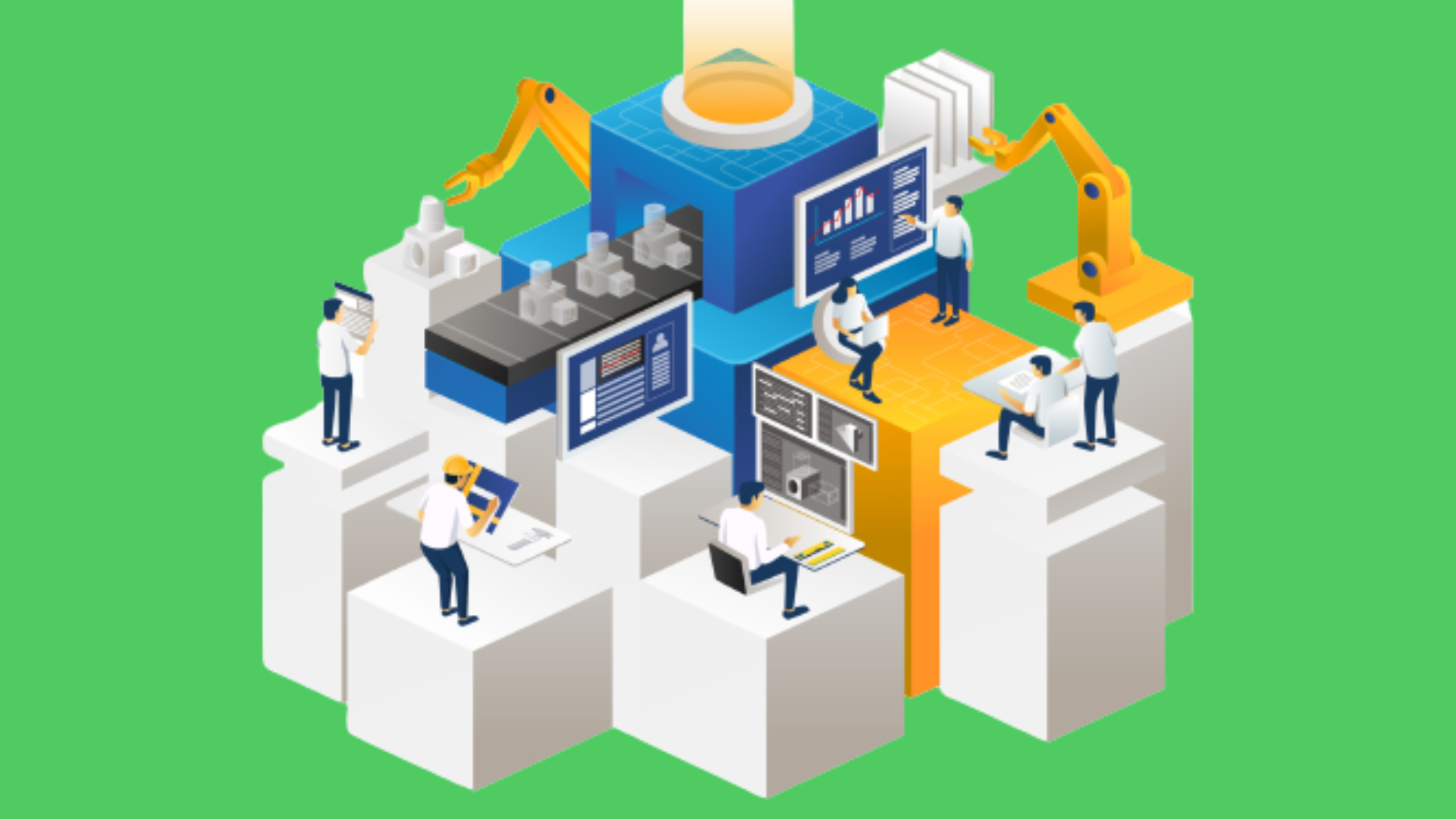How will 3D printing impact teaching and learning?
Aug 16,2023 | 3D4Create
I. Introduction
Digital fabrication technologies like 3D printing are making rapid prototyping and iterative design more accessible than ever. As prices drop, 3D printers have become affordable options for classrooms and home use. Students can now engage hands-on with physical models of concepts, unlocking game-changing learning potential.
Educators are beginning to use 3D printing to create customized teaching tools catered to their class needs. With this power to turn digital creations into physical things, 3D printing offers game-changing potential to enhance traditional K-12 and college-level teaching approaches.
II. Making Abstract Concepts Concrete
One major advantage of 3D printing for education is the ability to create real-world representations of abstract concepts, allowing students to physically interact with ideas that are often only presented verbally or visually.
In subjects like math and geometry, instructors can print 3D shapes, polyhedra, algebraic surfaces, and skewed perspectives that accurately convey complex spatial relationships. Chemistry students can hold molecular models to better understand atomic bonds and crystal lattice structures. Historical or fossil artifacts can be replicated for analysis and engagement.
Instead of just reading about these concepts or seeing them onscreen, students can pick up, examine, and engage with physical prints, cementing their mental models.

EasyThreed Nano PLA 3D Printer for Kids
III. Promoting Project-Based Learning
3D printing is also a powerful tool for project-based learning where students are motivated to design and create functional objects themselves.
Teachers can provide design challenges tied directly to curricular units on topics like simple machines, bridges, anatomy, topology, and more. Students sketch ideas, iteratively refine 3D models with software, then print their prototypes for testing and analysis.
Taking a concept from ideation to fruition promotes critical thinking, problem solving, and design skills across STEM subjects. And allowing classroom collaborations and peer learning can build teamwork and communication abilities.

Minimalist Pen Holder 3D Print for Office Use
IV. Supporting Diverse Learning Styles
People have different preferred modes of learning. 3D printing can support visual, auditory, reading/writing, and kinesthetic learning styles:
Visual learners connect with visible prints and watching the 3D printing process. Auditory methods like lecture recordings can supplement prints. Written instructions guide the modeling and printing steps. And hands-on printing appeals to kinesthetic learners who learn by doing.
Allowing students to see, listen, read, and physically interact with the prints reaches more individuals' learning preferences and strengths.
V. Fostering Interactive, Engaging Lessons
Another benefit of 3D printing is making lessons more interactive, hands-on, and exciting to boost student engagement.
Rather than passively listening to lectures, students take an active role in articulating real-world correlations, designing solutions, and creating prints related to the material. Seeing their virtual work take physical shape is hugely rewarding.
Teachers can also create interactive prints like puzzles, flexi toys, articulated joints, and models with removable parts to demonstrate concepts. This tactile experience helps solidify learning and is more memorable.

5 Benefits of 3D Printing in Education (photo: MakerBot)
VI. Conclusion: The Future of 3D Printing in Education
As the technology progresses and expands, so will its classroom applications. Some foresee a future where most students have access to their own desktop 3D printers using them as routinely as pen and paper. Entire lessons, assignments, and projects may be built around creating prints.
3D printing can open new paths for teaching abstract STEM concepts, delivering hands-on project learning, accommodating diverse learning styles, and creating interactive lessons that get students excited and engaged with class material. While still early, it promises to be a game changer for how the next generation learns.
FAQS:
Q1: What are the benefits of 3D printing to teachers?
A1: 3D printing benefits teachers by allowing them to easily create custom models and interactive prints to demonstrate concepts in a tangible way. It also enables new project-based learning activities across STEM subjects.
Q2: How will 3D printing enhance teaching and learning in humanities?
A2: In humanities subjects, 3D printing can be used to create historical replicas for analysis, build architectural models, recreate artifacts, and construct detailed maps, allowing hands-on engagement with course material.
Q3. How will 3D printing enhance teaching and learning in psychology?
A3: Psychology teachers can have students 3D print models of the brain, nerves, and anatomical structures to better understand mental processes. Building physical visualizations of abstract psychological concepts makes them more concrete.
See also:
5 Best 3D Printers for Kids in 2023


